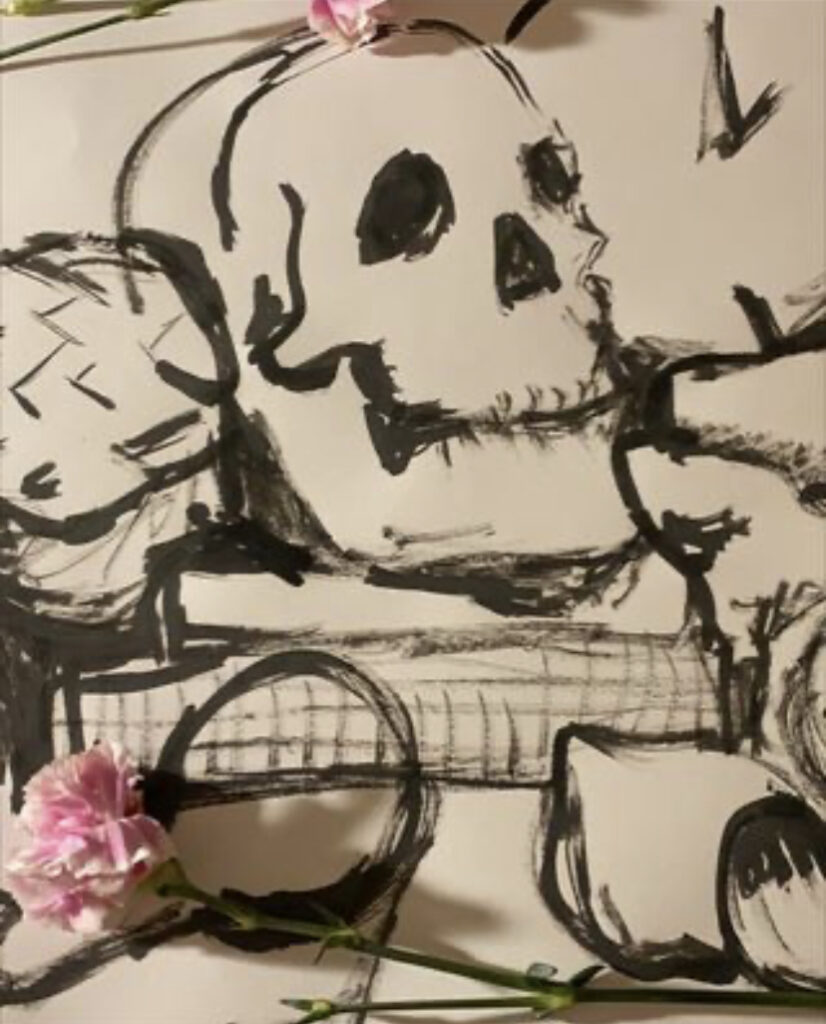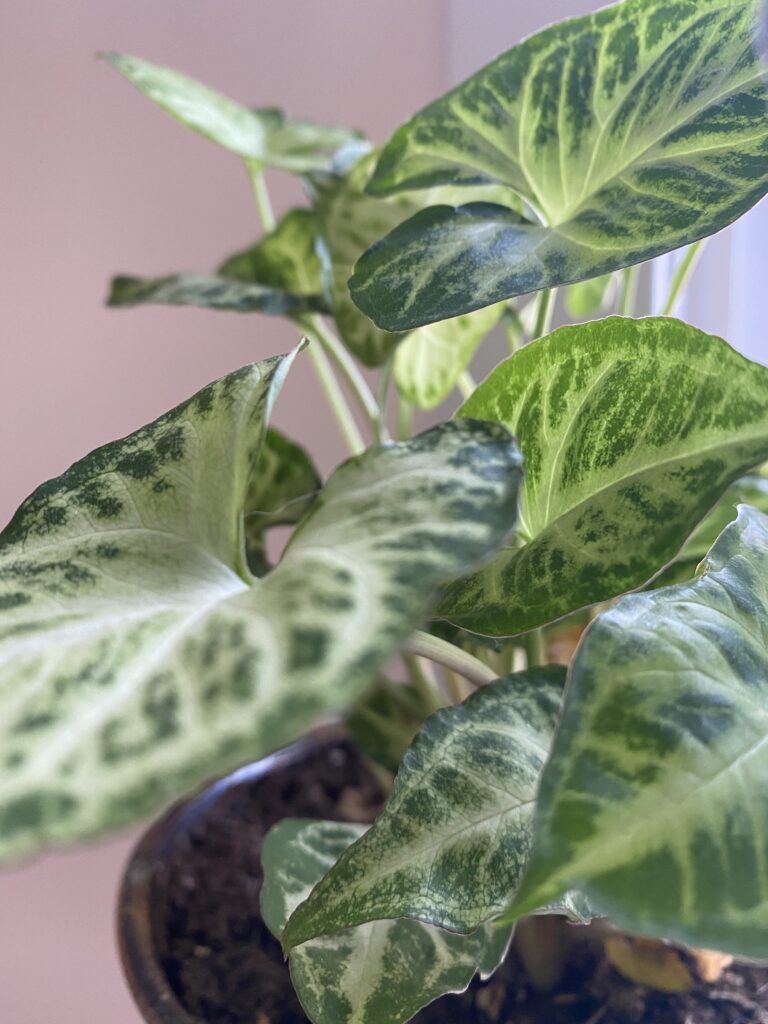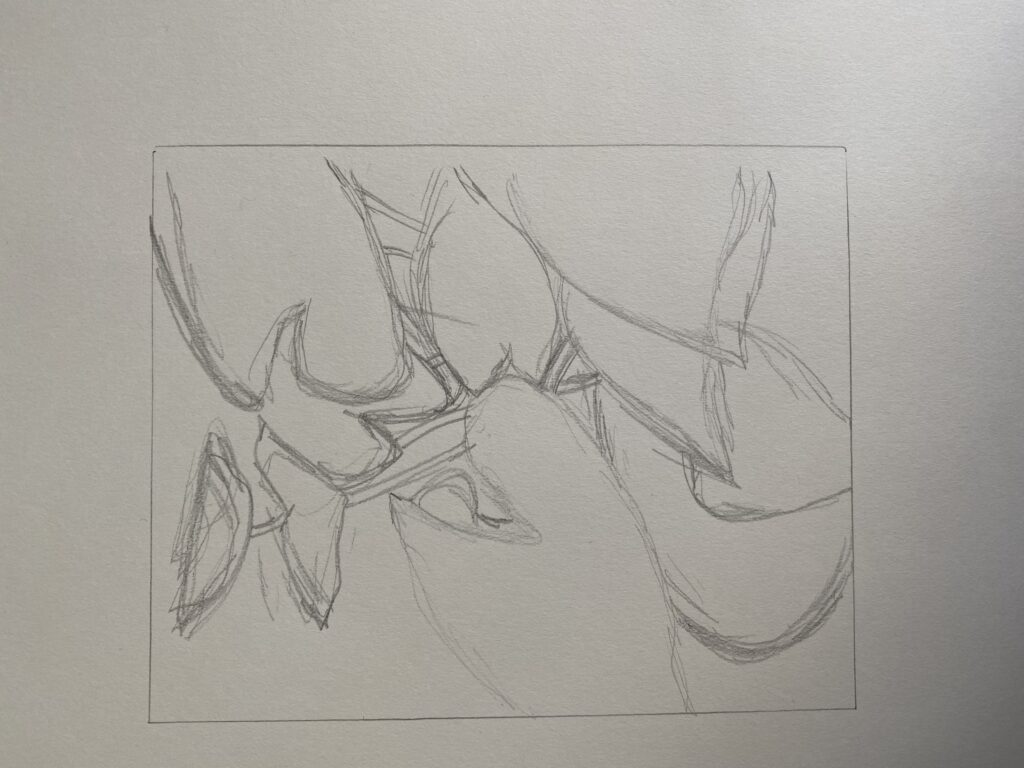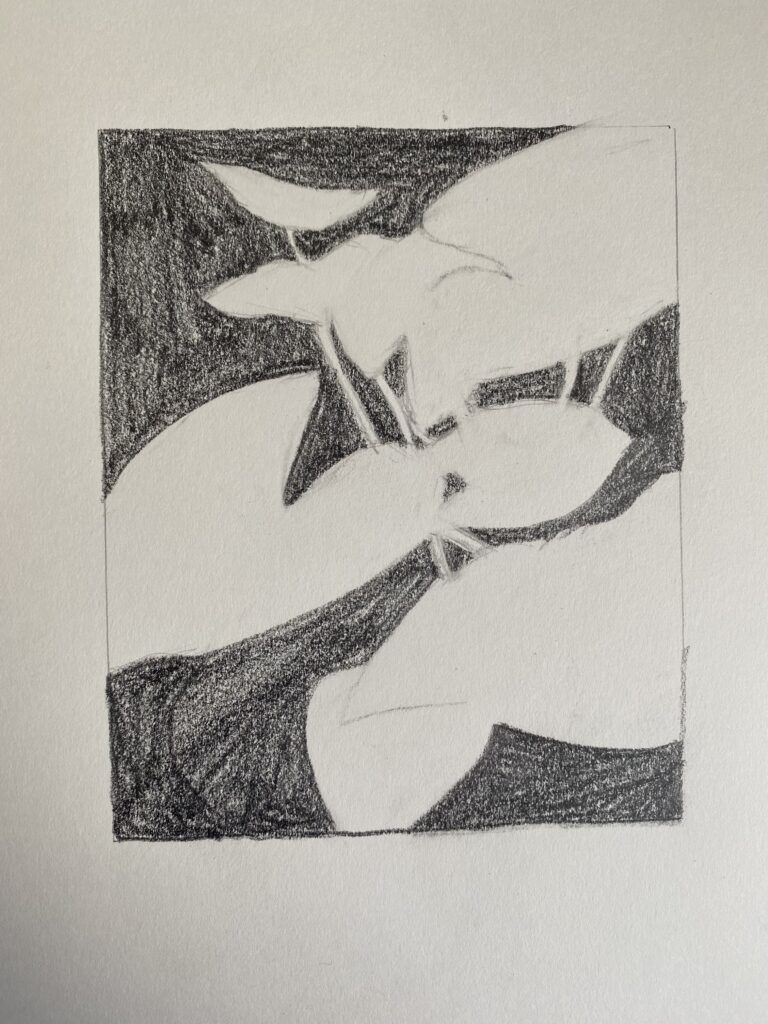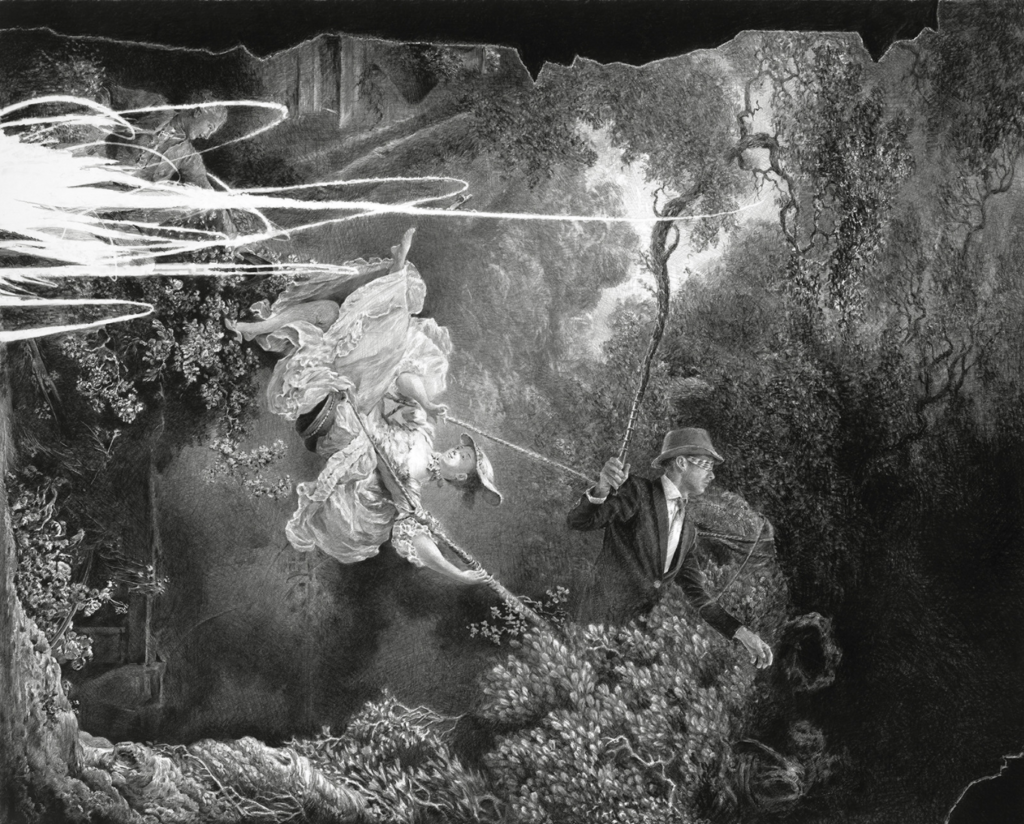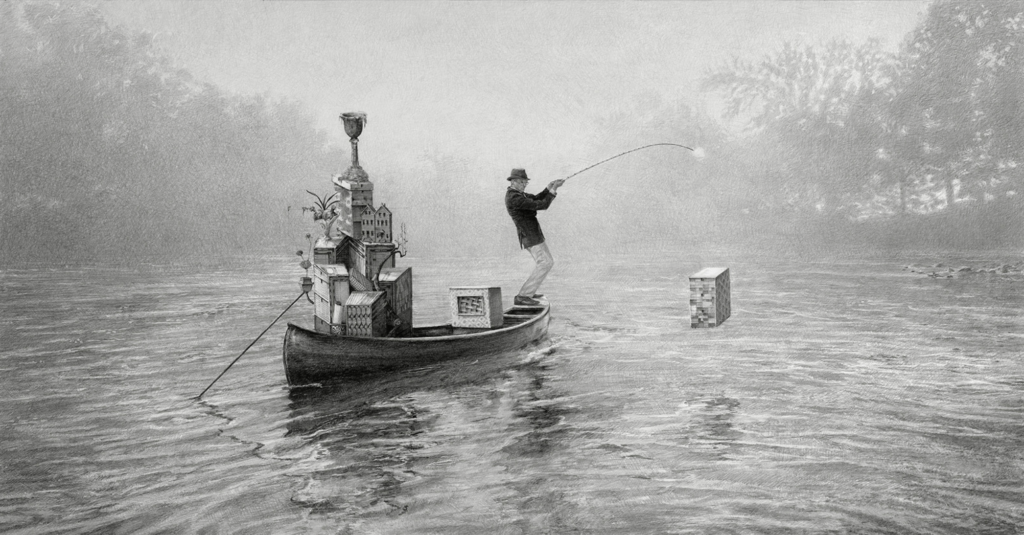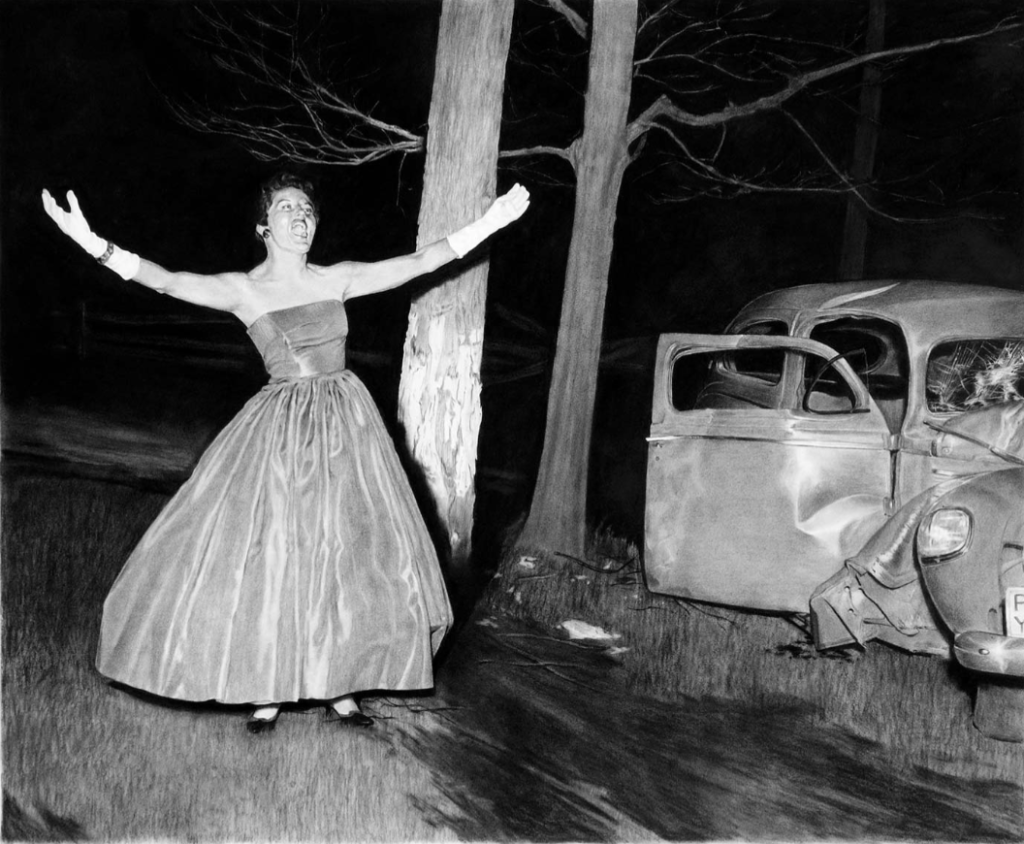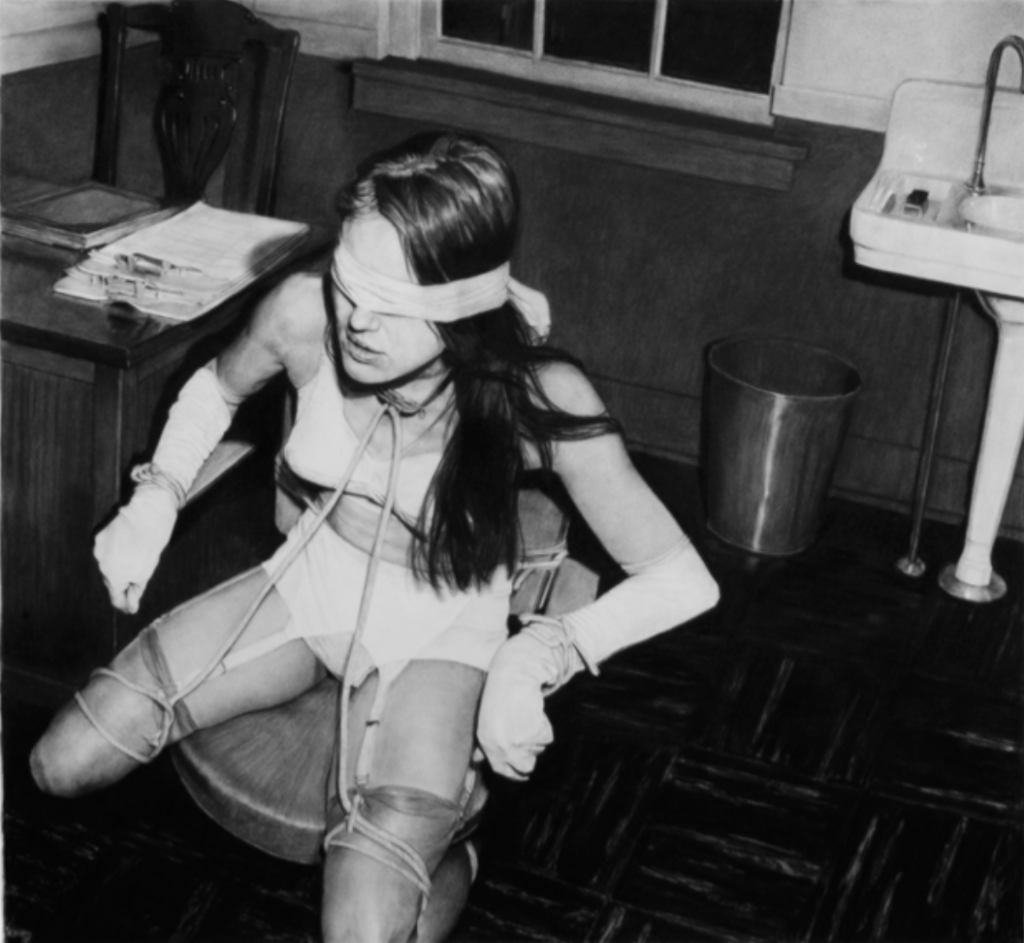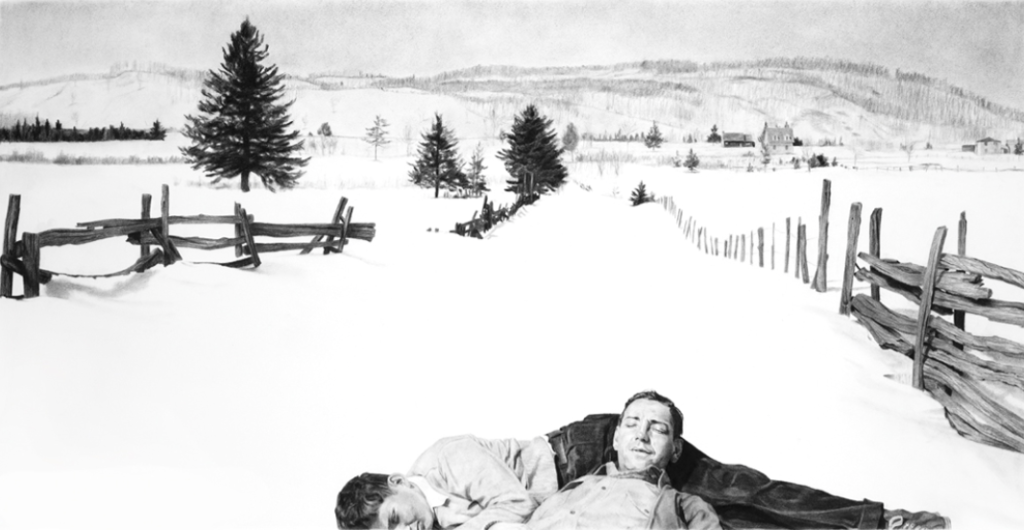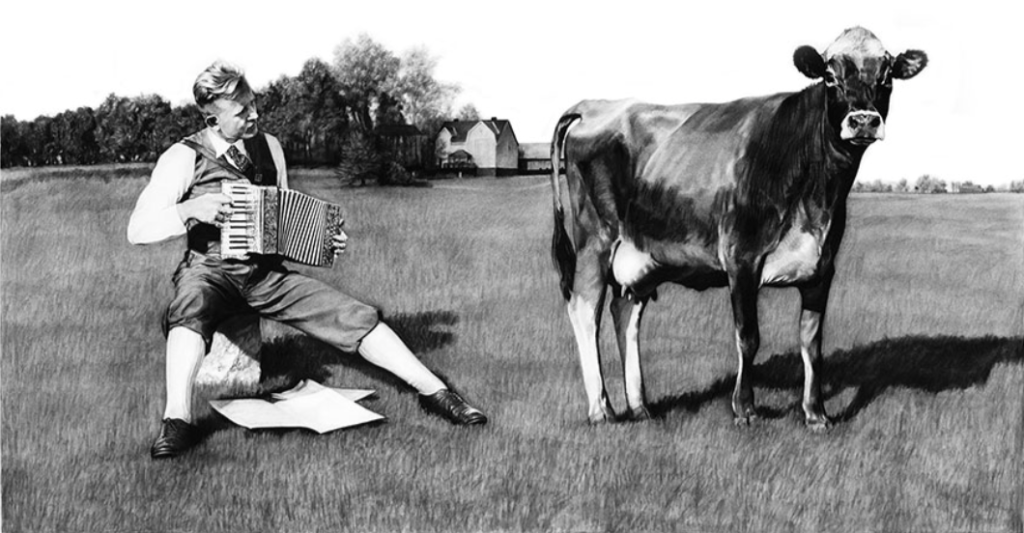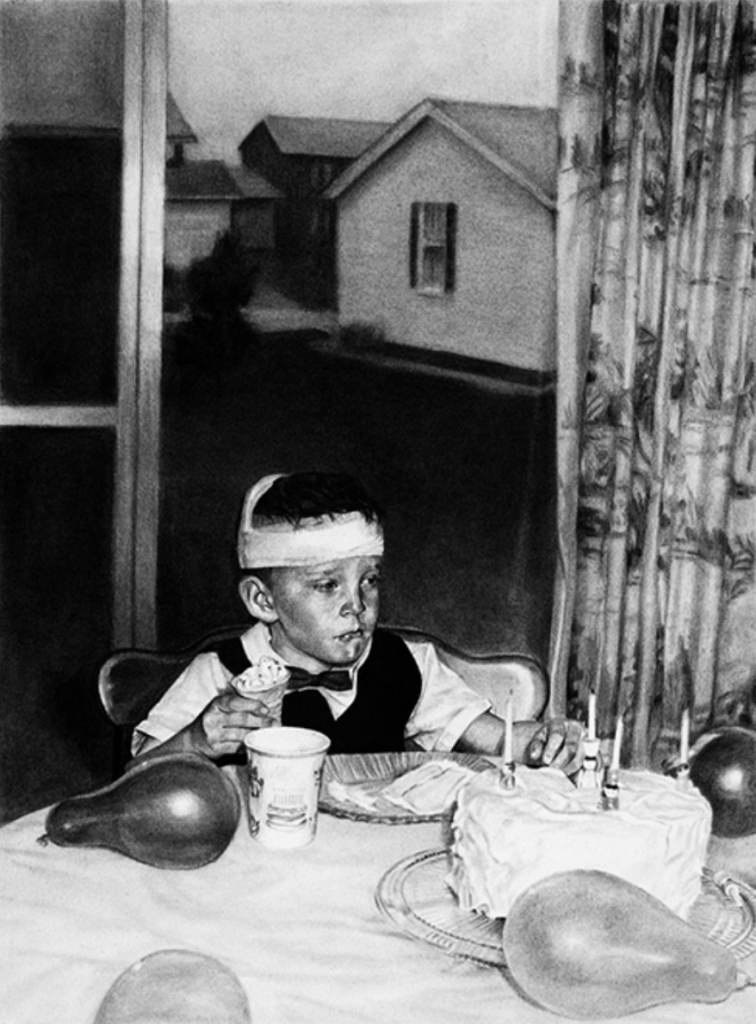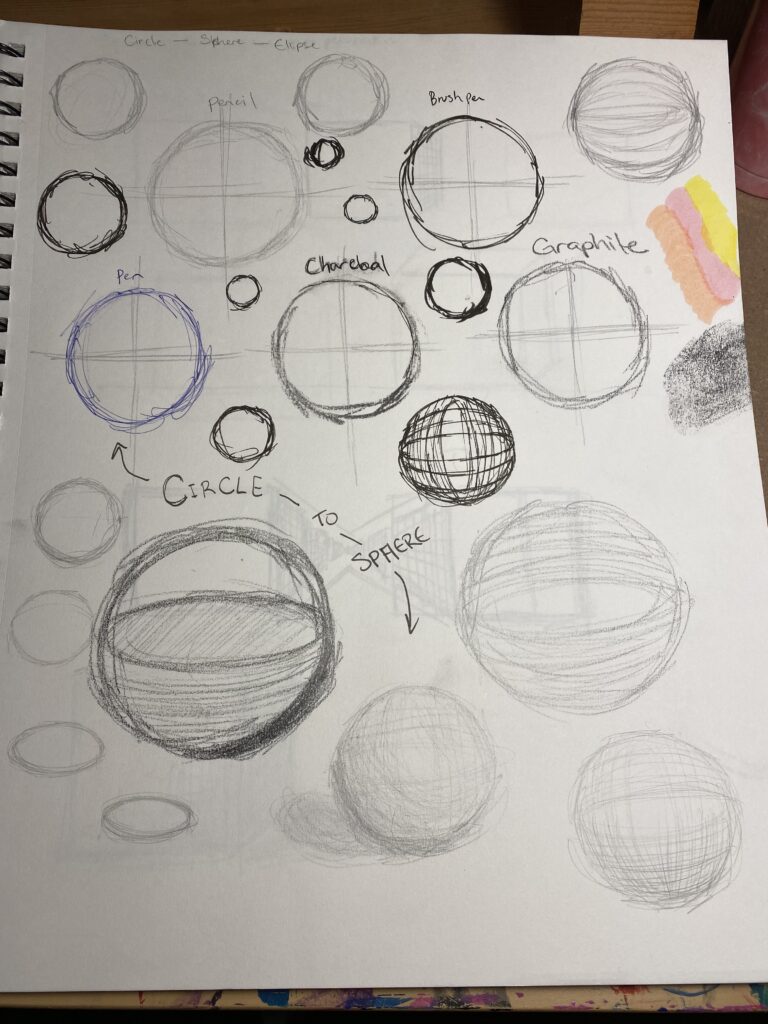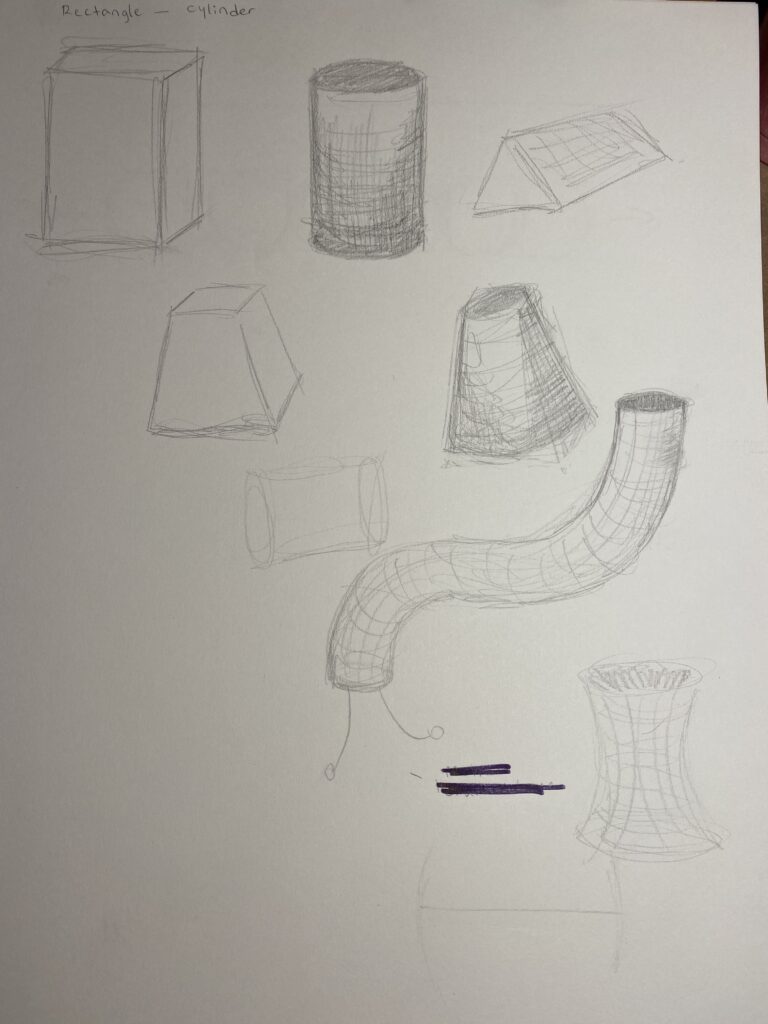
Artist Research:
Ethan Murrow
Born in 1975 in Greenfield Massachusetts and raised in Vermont. Went to Carleton College and the University of North Carolina.
His work in mainly centered around historical narratives and how they are portrayed and twisted through time. He does large-scale wall drawings, murals, and installations.

Ledgers of Hine
2018
How is the work made?
o What is the medium? What other materials or tools are used to make the work? How large is the work?
Graphite on paper, 48×48”
2. What are the formal elements of the artwork?
o What are the formal elements used in the making of the artwork? (line, shape, texture, form)
The artist uses line, texture, form and shape in his work to describe the subjects of the drawing.
o How are they organized in the composition? Describe the dominant principle used in the composition? The work shows balance as a dominant principle. The shapes of the lights on the left and right of the drawing, as well as the beam on the right balance out the human subjects of the work with varying and compensating heights.
3. What is the context of the work?
o When was the work made? Where was the work made? Does the work relate to the social or political history of the time?
This work was made in 2018 as a part of an exhibition in collaboration with many other artists. The works features in this exhibit included “Ledgers of Hine”, a second large drawing on paper, and a 52-foot long scroll drawing animated by a kinetic sculpture, which was created with the help of 6 other artists. The idea behind this exhibit, named “Hauling”, was to portray themes of work, handcraft, and collaboration.
4. Describe the content/subject of the work. (What the artist says about the work)
o What is it about? What is happening? What message does the work communicate? Is it a part of an ongoing theme for the artist?
It was inspired by the history of Manchester, New Hampshire, specifically labour and collaboration. The pieces featured many different peoples from different walks of life depicting scenes from Manchester’s industrial period.
5. What is the mood of the work? (What you say/feel about the work)
o What is the mood of the work? Has the artist created a certain atmosphere or feeling in the way the materials are used or elements are organized? How does the work make you feel?
I found at first the drawing had a nostalgic air to it, with the bright window and the child standing near the old lady, it seemed to show the passage of time. I didn’t quite understand the significance of their location until reading further about the work. Ethan Murrow’s work has a very interesting angle and I love history, so it’s super cool to see such a specific place and time portrayed through art. The way the room seemed almost bare made me think that maybe not only was this image about nostalgia, but also new beginnings. Perhaps the boys and his grandmother are migrant workers who’ve just moved to Manchester into a new space. The lights bring an interesting modernism to the piece which I found almost broke the whimsy of the scene, but I like how they help to separate the foreground and the “frame” from the scene itself.
6. How might their work inspire/influence your own studio practice?
Bringing historical significance into my work
Inspiring to work on a much bigger scale
The mid-tone range vs high contrast and finding a balance.
Scott Hunt
Bio:
Hunt’s discipline is drawing, and he wants to create art which is narrative and/or allegorical in nature. “The viewer encounters a vision of America that is at once sympathetic, humorous, and apocalyptic.”
He has illustrated for a number of magazines and papers, and has had his art shown in galleries such as Goff + Rosenthal Galleries, Coullaud & Koulinsky in Paris, and New Art Projects in London. Hunt was awarded the 2017 FID Prize for Drawing, along with a few other notable awards during his career.
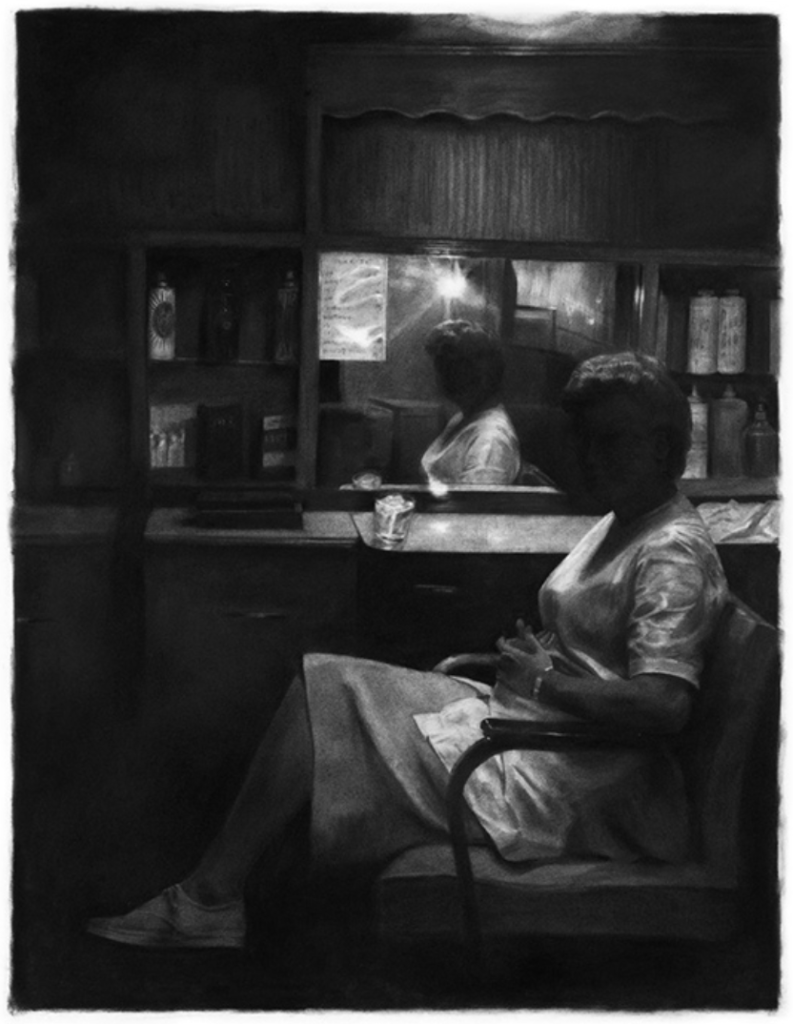
1. How is the work made?
o What is the medium? What other materials or tools are used to make the work? How large is the work?
Charcoal on paper, 30×23.5”.
2. What are the formal elements of the artwork?
o What are the formal elements used in the making of the artwork? (line, shape, texture, form)
Form, texture
o How are they organized in the composition? Describe the dominant principle used in the composition? Emphasis is the main principle used in this drawing, as a light is illuminating the subject only. The texture and form help to describe not only her outfit and hair, but also her environment, giving meaning to the title.
3. What is the context of the work?
o When was the work made? Where was the work made? Does the work relate to the social or political history of the time?
This work was made in 2010. The pieces in this collection all reference several interlocking themes, specifically surrounding the socio-political strain of racism and the far-right, as well as an interest in the describing the nightlife and associated themes of darkness.
4. Describe the content/subject of the work. (What the artist says about the work)
o What is it about? What is happening? What message does the work communicate? Is it a part of an ongoing theme for the artist?
The artist wanted to make his collection portray the mysterious and obscureness of nighttime and nightlife, focusing on themes such as urban sprawl, racism and political right, fear of the dark, the disillusion of the middle class and the aftermath of personal loss. The work I chose to look at specifically, being called After Hours, I think is about urban sprawl and the disillusionment of the middle class. It shows a woman in a work uniform of some kind sitting in what looks to be perhaps a backroom, with a glass of maybe alcohol on the table next to her.
5. What is the mood of the work? (What you say/feel about the work)
o What is the mood of the work? Has the artist created a certain atmosphere or feeling in the way the materials are used or elements are organized? How does the work make you feel?
This collection intrigues me quite a bit
6. How might their work inspire/influence your own studio practice
Experimenting with different levels of contrast (specifically strong lighting)
Exploring more about the human form in different poses and with different clothing to elicit a different audience response.
Drawing inspiration from external life, not just in my head all the time, ie. Nightlife (not that I really have one), city life vs town life, etc.
